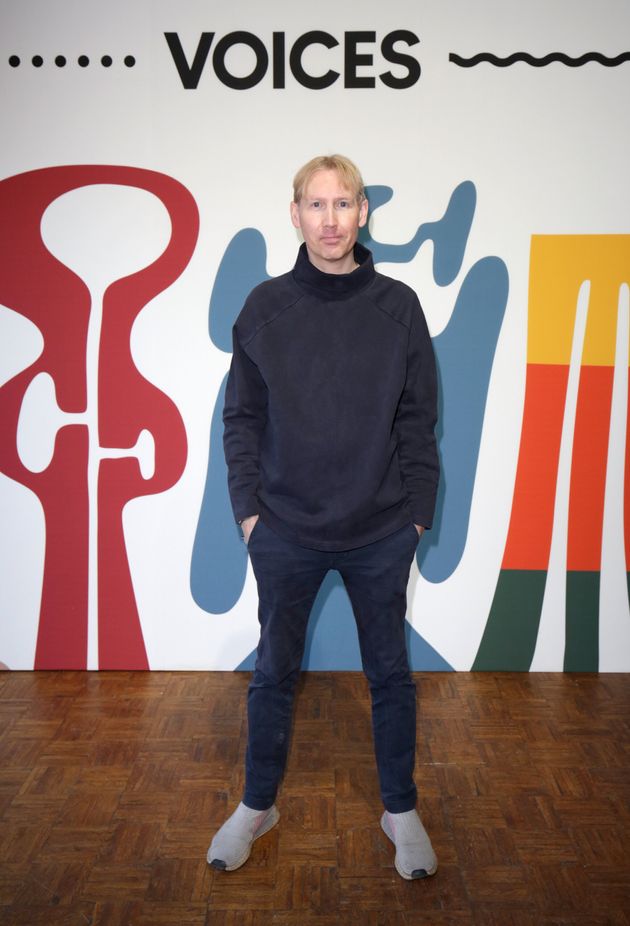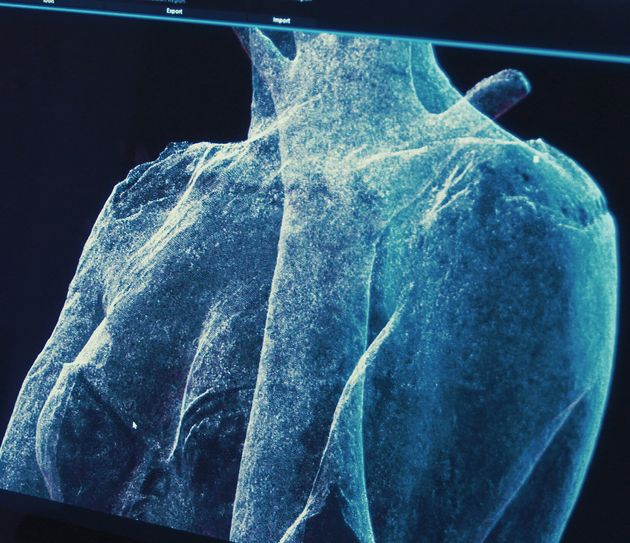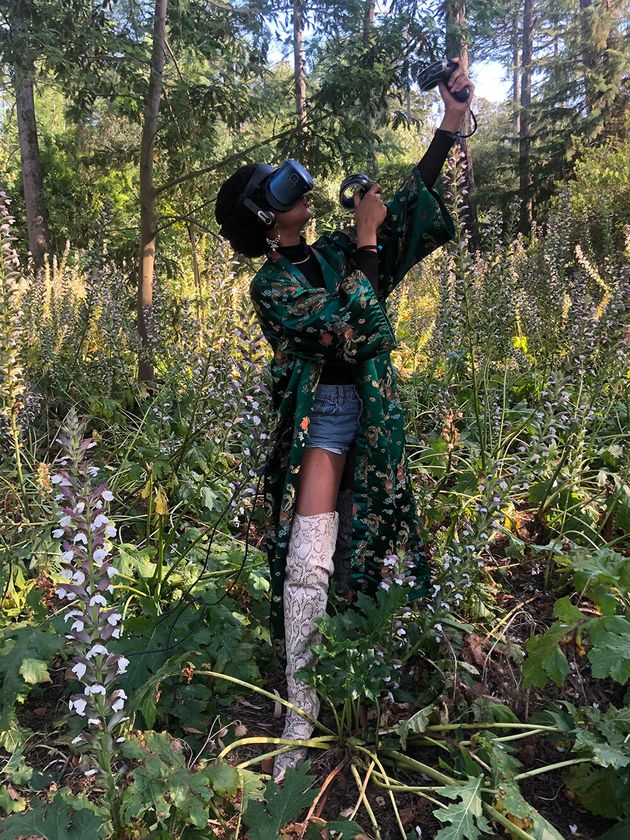The fashion industry’s reckoning has arrived. With concerns surrounding waste, ethical treatment of workers and inclusivity, there’s a widespread feeling that the status quo and systems in place are no longer sustainable.
Our current pandemic has not only highlighted and exacerbated how quickly fashion brands have needed to pivot to stay relevant and desirable, but it’s also changed people’s mindsets about how they shop and the clothing they really need.
With stores closed, parties and events cancelled and brands forced to rethink everything from how they re-open safely in a post-Covid-19 world to how they present their new-season fashion-wares, designers and customers are starting to appreciate how immersive technologies can build a bridge between the physical and digital spaces, connecting brands with customers, unleashing unprecedented creativity and helping to solve some of fashion’s biggest issues, like waste.
“The industry for a long time has presented itself as an early adopter of technologies, when that couldn’t be further from the truth,” Matthew Drinkwater, head of London College of Fashion’s Innovation Agency (FIA), tells us. FIA is a creative consultancy based at LCF specialising in using emerging technologies to help designers, retailers and brands change the way they make, show and sell their collections. “The use of immersive technology is really in its infancy for fashion.”

You may have played around with some of the different ways that designers and brands have been dipping their toes into virtual reality, augmented reality and mixed-realities, whether you’ve downloaded an AR trainer app before purchasing a new pair of kicks, played a gamified fashion app like Drest to style digital avatars in luxury goods or enjoyed “phygital” experiences which merge physical and digital retail experiences.
These technologies are ever more essential in a world where, for the foreseeable at least, we won’t be using physical changing rooms in shops or handling product as we once did.
For Matthew, much of what we’re seeing right now with the adoption of immersive technologies in fashion is forced behavioural change: when stores can’t open, when you can’t hold a physical fashion show, you need to explore other alternatives – it’s why LFW designers went digital and Chanel’s Virginie Viard presented the brand’s Cruise collection virtually in June 2020.
“What can the creation of digital content offer to the fashion industry? Even three or four months ago when I was speaking about this there would be a sceptical response. There is now this realisation that there is going to be a need alongside the physical product to have some sort of digital interaction,” explains Matthew.
If you’ve felt those recent virtual fashion experiences were lacking somewhat – reviews have been mixed – perhaps it’s because the immense creative potential that fashion without limits can offer in the virtual universe hasn’t been explored yet.
“Brands and designers need to figure out how to completely redefine that physical experience in a virtual world. Many think you need to take the current format and drop it into a virtual world, but you can build something entirely different in how you communicate. It’s a shift from storytelling to story living – you will actively be a part of this experience,” says Matthew.

On July 29,RYOT, Verizon Media’s in-house creative Studio presents: The Fabric of Reality, an immersive virtual fashion show experience unlike anything you’ve ever seen before, featuring conscious and tech-fluent designers Sabinna, Charli Cohen and Damara.
These visionary fashion creatives will be working in collaboration with leading VR artists to create immersive fashion story worlds with the goal of blowing your mind and creating an experience you would never be able to encounter in the physical realm.
Viewers will be able to virtually wear and interact with the garments in the story worlds for a 360-degree experience, completely changing the concept of the fashion show as we know it.
“We can begin to redefine what that show experience is. We can do it to a scale that’s never been possible before, with much bigger audiences and even more immersive experiences than possible in a physical sense,” says Matthew.
As well as showing a new world to shoppers, these technologies will broaden the scope of what’s possible for creators, giving them a chance to push the boundaries of their creativity and communicate their brand identity even more clearly.
In a post-pandemic world, brands and retailers aren’t just being tasked with innovating. They will also have to cope with the harsh reality that we’re entering one of the biggest retail recessions we’ve ever seen. Drastic change is essential.
“We cannot simply exist in models that were in place six months ago. It will be the brands that continue to deliver amazing experiences across multiple platforms that will continue to drive consumer engagement,” says Matthew.
He compares the changes to come in fashion and retail with the shift in how we consume media. Being able to step into an haute couture dress with a designer in VR, while being in PJs in your living room, is just the tip of the iceberg.

Matthew predicts we’ll soon be seeing designers selling purely virtual fashion, creating garments that are never physically produced but have value in a virtual world (similar to gaming). Immersive technologies will also prove consequential for physical clothes, where we might soon be adding digital elements to everyday garments.
In addition to helping solve fashion’s waste and democratising the space – “technologies are going to offer the possibility to anyone with a computer and access to game engine technologies the ability to design virtual worlds and garments,” says Matthew – these technologies can form the basis of a wildly exciting creative revolution as new brands see opportunities for a radical rethinking of the status quo.
“We will see entirely digital fashion businesses emerge out of Covid-19. There will be a generation inspired and entirely comfortable working, consuming and interacting within the digital space. These businesses will become a very important part of what the future of fashion looks like,” says Matthew.
In addition to Damara, Charli Cohen and Sabinna, other names to watch in the digital fashion space include Dutch digital fashion brand The Fabricant, 3D fashion destination Change of Pardigm and digital artist hub for womxn, Digi-Gxl.

Ultimately, immersive technologies in the fashion world will not only bring about increased experimentation and showcase clothing without limits – they will also connect us to fashion in new ways.
“These are exciting, incredible experiences and The Fabric of Reality project is beginning to move us towards those. We can use these technologies to generate truly amazing emotional experiences for consumers, and that is pivotal in what the future industry needs to be built on,” says Matthew.
On June 25 at 4pm, Matthew Drinkwater, Sam Field, Damara, Sabinna and Charli Cohen will be part of a panel discussion with Vogue Business’ Maghan McDowell, presented online (of course!) on the virtual future of fashion and how immersive technologies can impact – and improve – the creative sector. To join in the discussion, sign up via Eventbrite here.